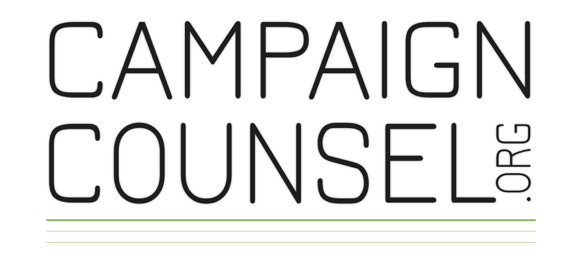Whether you’re preparing the initial stages of your campaign planning study or the final phases of your campaign fundraising, process and strategy are at the heart of everything you’re doing. Now is not the time to abandon this; in fact, it is time to double-down on your communication and fundraising plan for the upcoming weeks.
All in Campaign Management
Facing Capital Campaign Fears: The Role of Dignity
This challenge we face in fundraising – fear – precisely aligns with The Golden Rule. You see, this rule can’t be simplified into “be nice to other people.” It’s much deeper. It’s about dignity. It is about being brave enough to expect the same level of accountability, maturity or civility from others as we do from ourselves.
3 Ways to Keep Your Capital Campaign Quiet
You may be surprised to learn that capital campaigns are quiet events. Here are the top ways to keep your campaign quiet and the reasons you should.
What Does a Capital Campaign Cost?
Budgeting for a capital campaign is always a challenge, but we’re here to help. The budgets and costs outlined in this article should be a guide only and careful thought should go into developing one for your specific situation.
3 Reasons to Include Employees in Your Capital Campaign
Your nonprofit capital campaign has multiple components, one of which should be an employee campaign. Asking employees to support the capital campaign through a well-planned strategy that is adapted to the culture and spirit of your individual organization will positively affect your company and your campaign.
Assembling Your Best Capital Campaign Committee
The most valuable asset to your nonprofit capital campaign is leadership. The volunteers you recruit to join your capital campaign committee — people who have financial capacity, connections, and a passion for your organization’s mission and your campaign vision — will make your campaign successful.







